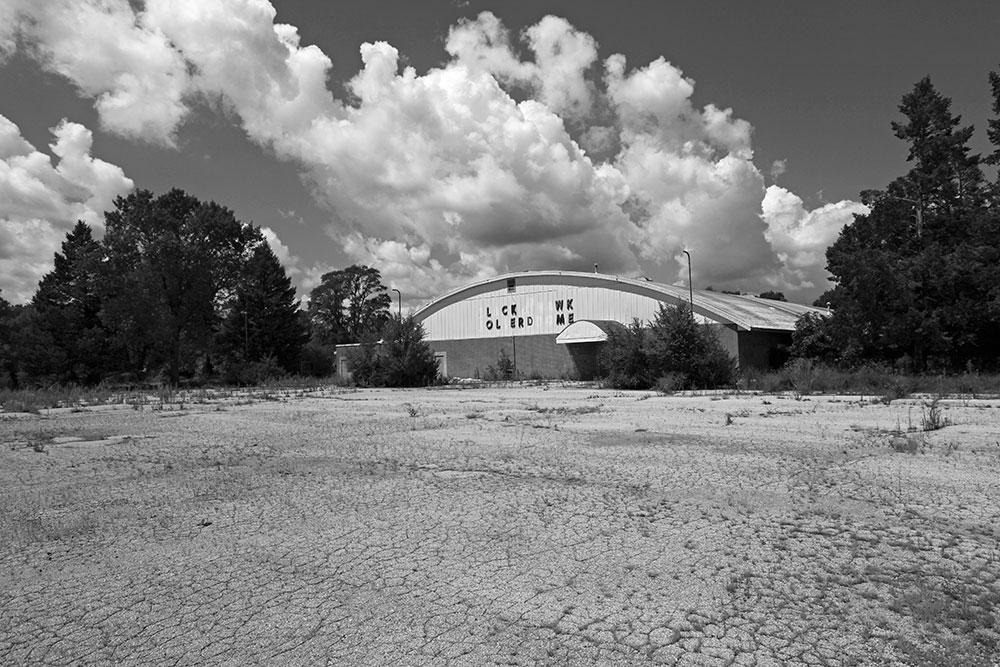
Blackbird Bend is a thumb of land along the Missouri River. Only God knows who owns it; then again, maybe not. If the land could speak, what would it say? That once it was inhabited by the Omaha Indians. Then the Missouri changed course and land that had been west of the river ended up on the eastern bank, several thousand acres gone from the Indians’ Nebraska reservation. Sometime early in the twentieth century it came into the hands of white owners in Iowa. Tiring of white ownership, however, the Indians decided to reclaim the land in 1973. About
twenty of them trudged to Blackbird Bend in sneakers and blue jeans at about the time the Lakota, not too far away, were winding up their occupation of Wounded Knee. But no one remembers Blackbird Bend, except the Omaha Indians, of course. In 1975, the Indians occupied the land for a second time. Then the lawsuits began, a decade and a half of court appearances, motions, briefs, trial, and appeal. And still the most difficult question you can ask anyone along this brief stretch of Missouri Valley is only four words long: Who owns Blackbird Bend?
—THEODORE STEINBERG, Slide Mountain, or the Folly of Owning Nature, 1995